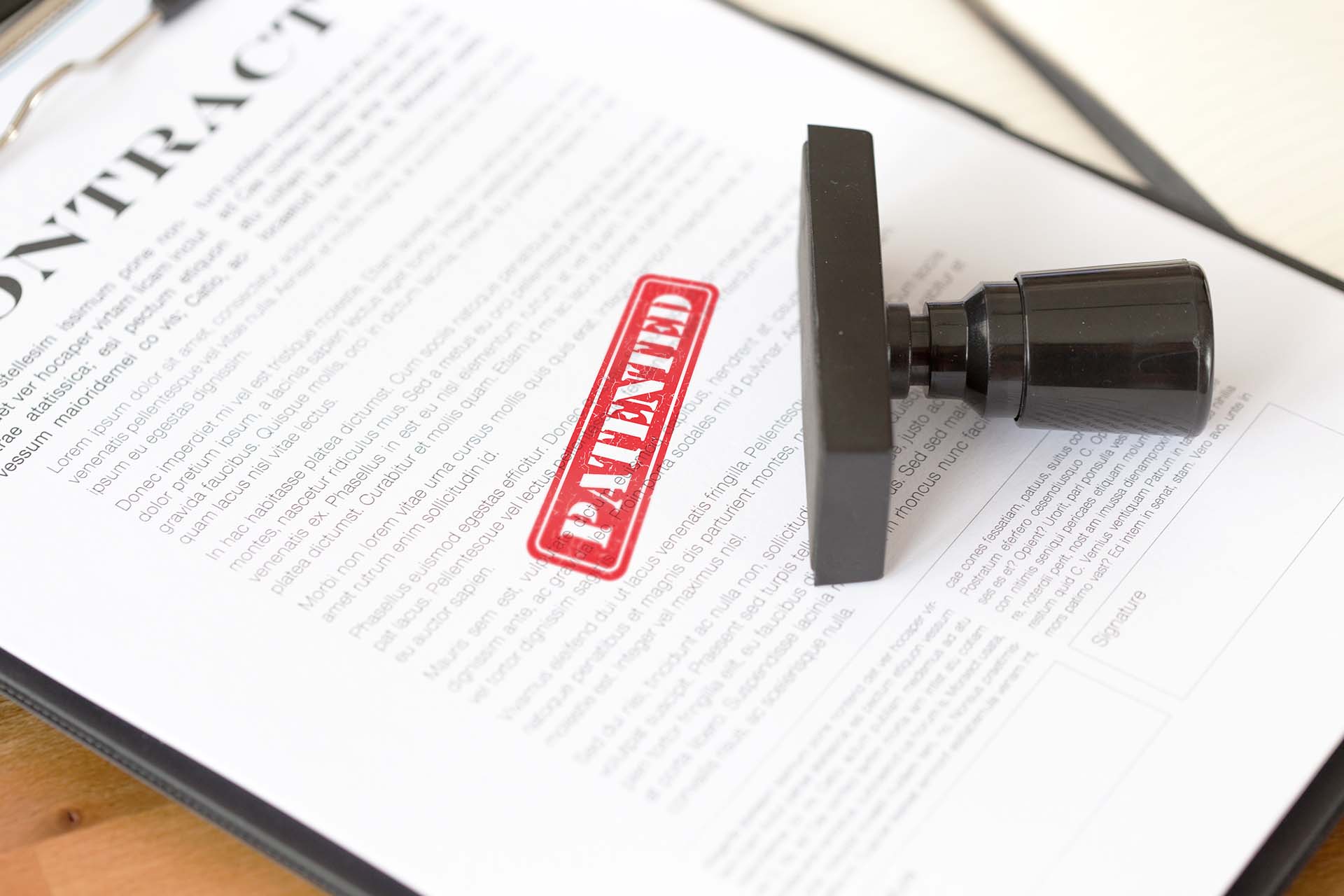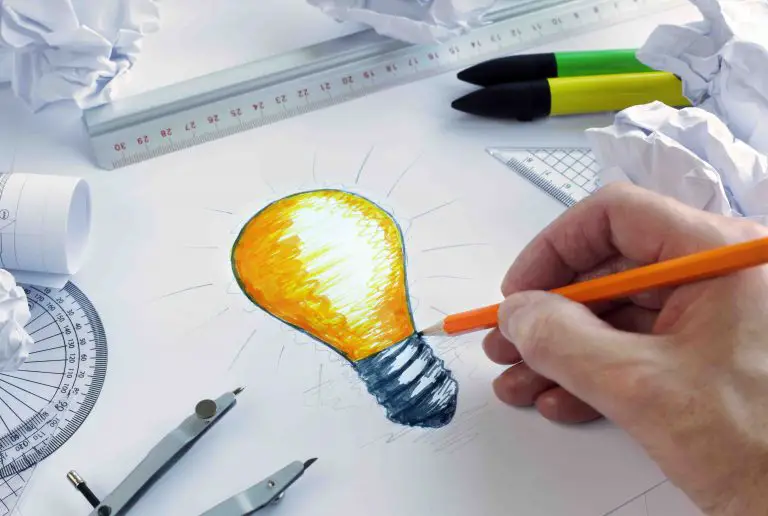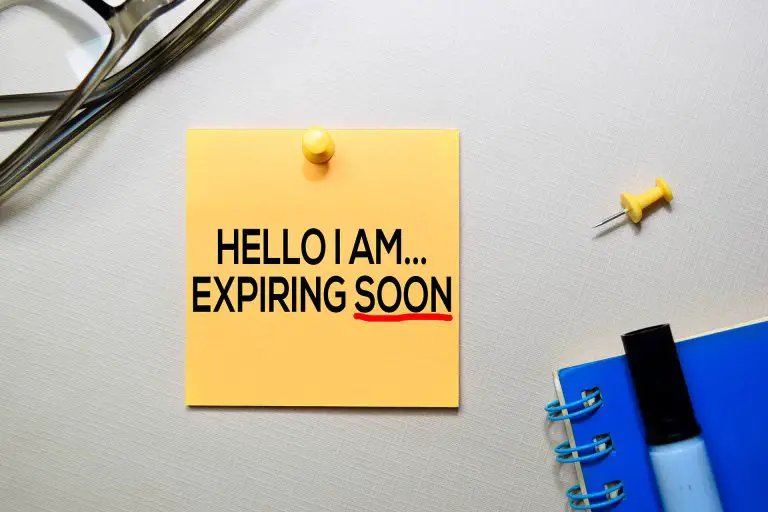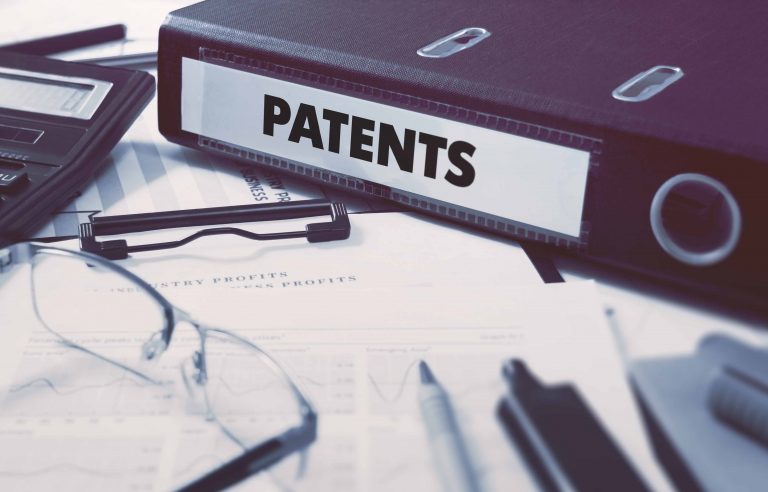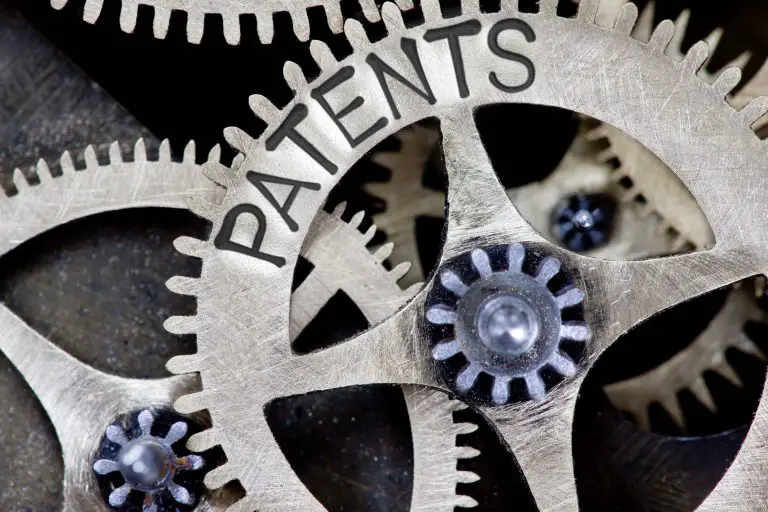How to Apply for a Patent?
How to Apply for a Patent?
If you’re an inventor who has created a new invention, you might be wondering how you can protect your invention from being copied and used by others. Fortunately, U.S Patent Law allows inventors to stop others from using, making, and selling your patented invention for a limited period of time. So, how can you apply for a patent? We will discuss the exact steps that you need to take to protect your invention with a patent.
Choosing the Correct Form of Intellectual Property Protection
The first thing that an inventor must do to apply for a patent is to determine the correct form of intellectual property protect he needs. The United States Patent and Trademark Office (USPTO) offers three forms of IP protection: Trademark, Copyright, and Patent Protection. So, before you invest the time and money into preparing a patent application, please make sure that patent protection is the correct form of IP protection that you need.
Patents protect new and unique inventions and designs. There are two main types of patents that you can apply for and they are utility patents and design patents. Utility patents protect how an invention works and design patents protect how an invention looks.
For example, if you have invented a new potato peeler that can peel a potato by pressing a button, your invention may qualify for a utility patent, which protects how an invention works. Also, if you have made an invention or product that has a unique look, you may protect your product by applying for a design patent, which protects how your invention or product looks.
So, if either a utility patent or design patent is appropriate for the item that you want to protect with a patent, you should proceed with the following steps that set forth the details for how to apply for a patent.
Ask Yourself: Does Your Invention Qualify for a Patent?
Before applying for a patent, you must ensure that the invention or product that you have qualifies for a patent. Utility patents can be used to protect new processes, machines, and articles of manufacture. So, if you have a process for creating something, you may be able to patent it by applying for a patent. Also, if you have a machine that works differently from any other machine, you may be able to protect how your invention works by preparing and filing a patent application with the USPTO.
Conduct a Search to Determine Whether Your Invention Has Already Been Patented or Publicly Disclosed
Before applying for a patent, every inventor should conduct a prior art search to determine whether anyone else has publicly disclosed or patented the invention that the inventor wants to patent.
This is so because the USPTO only allows inventors to patent inventions that are novel, meaning that no one else has ever patented or publicly disclosed the invention an inventor is seeking to patent.
If anyone else has patented the invention you want to patent in the US or elsewhere around the world, you cannot patent the same invention. Conducting a prior art search is a difficult task that should only be performed by an experienced patent attorney.
Prior art searches are time intensive and having a patent attorney or patent agent, who knows where to look for inventions that are similar to yours will ensure that the search is properly performed.
If you do not have the money to hire an attorney to perform a prior art search, you should search for patent attorneys who perform pro bono work and ask them to assist you with conducting the search.
Keep Your Invention a Secret
When applying for a patent, it is of the utmost of importance to keep your invention a secret. We tell inventors to keep their invention a secret because the US requires inventors to file a patent application within twelve months of publicly disclosing their invention. If you wait more than twelve months to file a patent application, your application will be rejected and your invention deemed to unpatentable because it is now within the public domain.
So, if you want to patent your invention, the best thing you can do is to keep your invention a secret until the USPTO grants your patent application. Also, even though the US affords inventors a twelve-month grace period within which to file a patent application after disclosing your invention to the public, not all countries are this lenient. Foreign countries often require absolute novelty, meaning the invention has never been publicly disclosed. So, keep your invention a secret, especially if you want to patent it countries outside the United States.
Preparing Your Patent Application
After choosing the correct form of IP protection and conducting a prior art search, to apply for a patent, the next step is to prepare and file your patent application with the USPTO. Preparing a patent application is something requires a professional to prepare.
This is so because there are many rules and requirements that must be followed to avoid having your patent application rejected by the USPTO. Making even seemingly minor mistakes can get your application rejected, requiring more time and money to fix.
Also, the quality of your application determines the strength of the patent you’re applying for. So, invest the money in hiring an experienced patent attorney or patent agent so that they will prepare the best possible patent application, which will prevent you from having to make costly changes down the road.
Often, when applying for a patent, inventors choose to file a provisional patent application instead of filing a regular non-provisional patent application. A nonprovisional patent application is a less complex patent application that allows inventor to reserve a priority date.
Reserving an early priority date is extremely important in the United States because the U.S has a first to file rule, which grants a patent to the inventor who first file a patent application for the same invention.
For example, if you invent an invention first and person B invents the same invention two years later, but files either a provisional or nonprovisional patent application before you do, person B will be awarded the patent and you will be prohibited from patenting the same invention.
Regardless of whether you choose to prepare a provisional or nonprovisional patent application, the next step in applying for a patent is to file your patent application with the USPTO.
Track the Status of Your Patent Application
After filing your patent application with the USPTO, you should track the status of your application to ensure that you don’t miss any notifications from the patent office.
Oftentimes, the patent office will request additional information or require you to make changes to your application. You should always check the status of your application because such notices are time sensitive, meaning you must reply within a certain timeframe to avoid having your application rejected for failure to reply within a timely manner.
So, check the status of your application and work with your patent examiner and correct any deficiencies in your patent application within the specified time period.
How Long Does It Take to Apply for a Patent?
When applying for a patent, you should keep in mind that it takes a long time for you to get your invention or product patent. From the moment applies for a patent by filing a nonprovisional regular patent application, it takes approximately 24 months for the USPTO to either approve or deny an inventor’s patent application.
The amount of time it takes the USPTO to approve or deny a patent application depends on the complexity of the invention you’re seeking to patent, as well as the number of pending patent applications at the USPTO. If you want to patent your invention more quickly, you do have the option of expediting your utility patent application, as well as your design patent application.
However, expediting your patent is not cheap, but your application will skip the long line of pending patent applications. Fore more information on how long it will take to get your patent application approved, check out the USPTO Patent Data Center.
Should You Hire an Attorney to Apply for a Patent?
Although you are entirely free to prepare your own patent application and apply for a patent on your own, the USPTO does recommend that applicants hire an experience patent attorney to assist them with applying for a patent.
The USPTO makes this recommendation because there are a lot of rules that an inventor must comply with so that his patent application is not rejected for not following the rules. Also, the strength of your patent application determines the strength of your patent, so although you may be able to follow the many rules set forth by the USPTO, this does not guarantee that your patent application will adequately protect your invention.
So, hiring an experienced patent attorney or patent agent is of the utmost importance to guarantee that you properly patent your invention. If you do not have the money to hire a patent attorney, you should consider hiring a patent agent to assist you with patenting your invention. Patent agents are just as qualified as patent attorneys to assist inventor with applying for a patent.
Receiving an Approval After Applying for a Patent
After applying for a patent, if the patent examiner determines that your invention qualifies for a patent, he will go ahead and approve your patent application. Once your patent is approved, inventors receive a notice of allowance. Prior to the patent office issuing a patent, the inventor must pay the issue fee. Once the issue fee is paid, the patent will be issued (granted). Utility patents and design patents are typically issued within four weeks of the issuance fee being paid.
Frequently Asked Questions
1) How long does it take to get a patent after you apply for one?
After applying for a patent, you should expect to wait approximately 24 months to obtain a patent over your invention. You should keep in mind that the USPTO may deny your patent application if your invention does not meet the patenting requirements.
2) Can you apply for a patent without an attorney?
Yes, although it is not recommended, you can apply for a patent without an attorney.
3) What’s the best time to apply for a patent?
If you have an invention that’s new and meets the patenting requirements, you should apply for a patent as soon as you can describe how your invention works.
4) Does applying for a patent protect you outside the US?
No, if you apply for and obtain a patent in the United States, your patent will not protect you outside the US. For example, if you obtain a patent in the US over a new pair of scissors, and someone makes and sells the same scissors in China, you will not be able to assert your rights under the patent in China because you’re patent only protects you in the U.S.
How to Apply for a Patent in the US
Applying for a patent in the US typically begins with an inventor creating a new invention or product. The second step is to check whether someone has already publicly disclosed the invention that the inventor wants to patent. If no one else has patented nor publicly disclosed a similar invention, the inventor can proceed to preparing and filing his patent application. After applying for a patent, the inventor should periodically check the status of his application and reply to any of the USPTO’s request for changes and amendments to the patent application. Ultimately, if the invention qualifies for a patent, the patent examiner will approve the applicant’s patent application. If you have any general questions or comments, please feel free to leave them in the comments section below.

